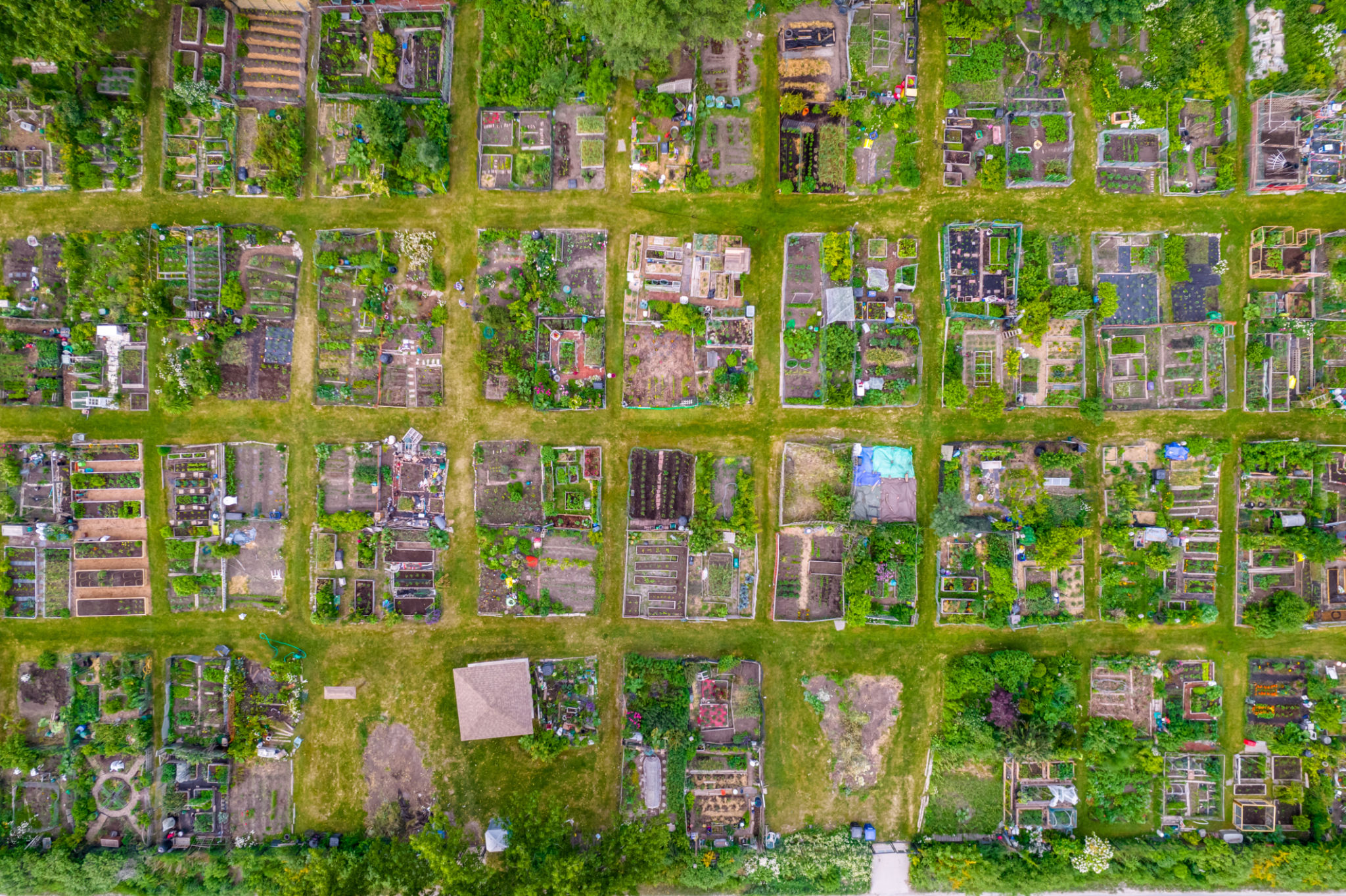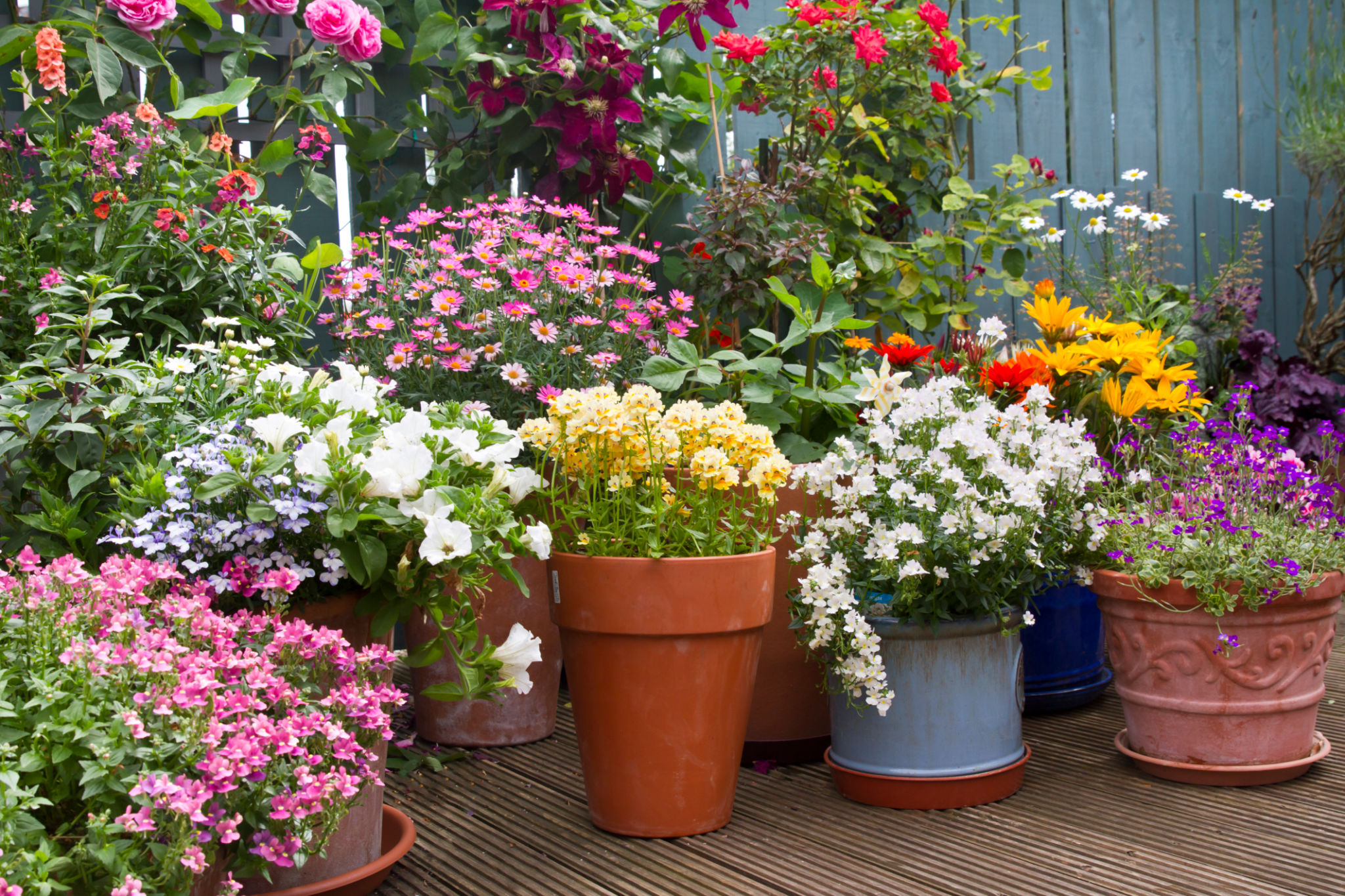The Future of Urban Gardening: Innovative Techniques for Maximum Yield
Introduction to Urban Gardening
Urban gardening is rapidly transforming the way city dwellers interact with nature and food production. As urban areas continue to grow, the need for sustainable and efficient gardening techniques has become more critical than ever. With limited space and resources, innovative methods are being developed to optimize yield and bring greenery into our concrete jungles.
As technology and creativity merge, urban gardening is set to play a crucial role in future city planning. Let's explore some of the most promising techniques that aim to maximize yield in urban environments.

Vertical Gardens: Growing Upwards
One of the most popular techniques in urban gardening is vertical gardening. This method involves growing plants on vertical surfaces, making it an ideal solution for small spaces. Vertical gardens can be installed on walls, fences, or specially designed structures, allowing gardeners to cultivate a wide variety of plants without taking up valuable ground space.
Vertical gardening not only maximizes space but also enhances air quality and aesthetic value. By utilizing wall space, gardeners can grow everything from herbs and flowers to fruits and vegetables, contributing to both environmental and personal well-being.
Hydroponics: Soil-Free Cultivation
Hydroponics is an innovative gardening technique that allows plants to grow without soil. Instead, plants are cultivated in a nutrient-rich water solution, providing them with all necessary nutrients directly. This method is highly efficient and can lead to faster growth rates and higher yields compared to traditional soil-based gardening.
Hydroponics systems can be set up indoors or outdoors, making them versatile and adaptable to various urban settings. This technique is particularly beneficial in areas with poor soil quality or limited space, as it allows for controlled growing conditions.

Aquaponics: A Symbiotic System
Aquaponics combines aquaculture (raising fish) with hydroponics in a symbiotic environment. In this system, fish waste provides organic nutrients for the plants, while the plants naturally filter the water for the fish. This closed-loop system not only maximizes resource efficiency but also produces both fish and plant crops.
This innovative approach is gaining popularity due to its sustainability and potential for high yields. Aquaponics systems can be set up on rooftops or balconies, making them an excellent choice for urban gardeners looking to diversify their produce.
Container Gardening: Portable and Practical
Container gardening allows urban gardeners to grow plants in pots or containers, making it a highly flexible option. This method is perfect for those with limited outdoor space, as containers can be placed on balconies, patios, or windowsills. Additionally, container gardening enables easy relocation of plants to optimize sunlight exposure.

With the right soil mix and container size, a wide range of vegetables, herbs, and flowers can thrive in this setup. Container gardening also facilitates better pest management and control over soil quality.
Smart Gardening: Technology Meets Nature
The integration of technology into urban gardening has opened up new possibilities for enhancing productivity and convenience. Smart gardening devices, such as automated watering systems, smart sensors, and mobile apps, allow gardeners to monitor and manage their plants remotely.
These technological advancements provide real-time data on soil moisture levels, temperature, and plant health, enabling more precise care and resource management. As technology continues to evolve, urban gardeners can look forward to even more innovative tools that will make gardening easier and more efficient.